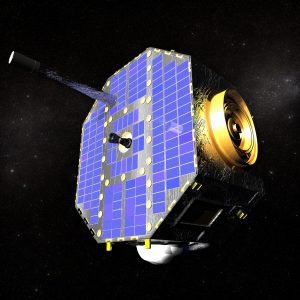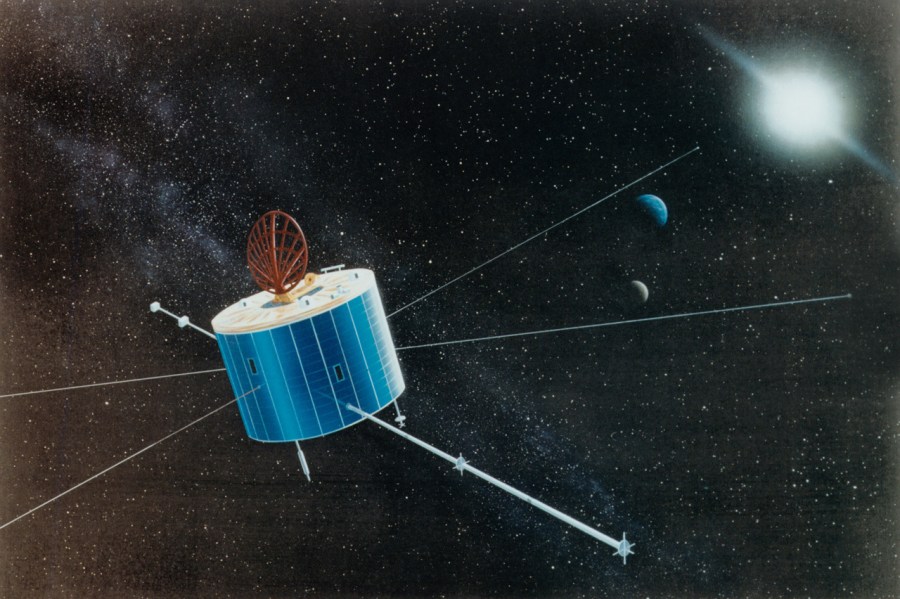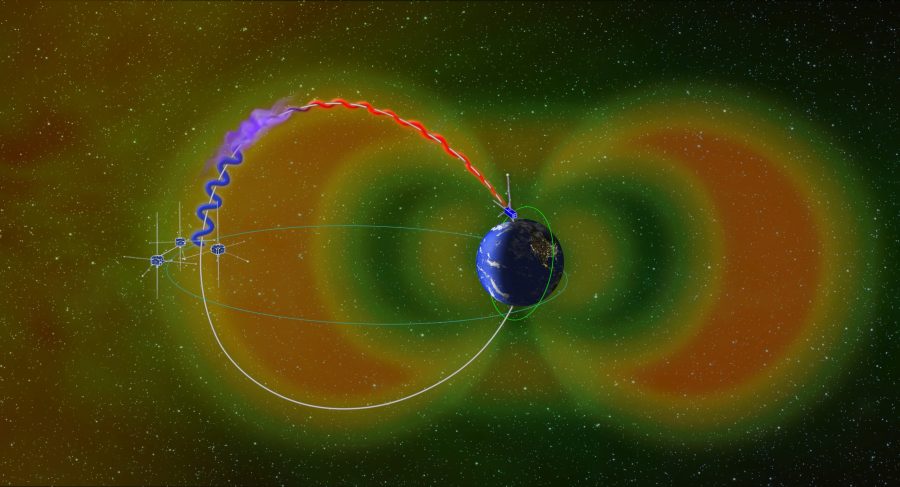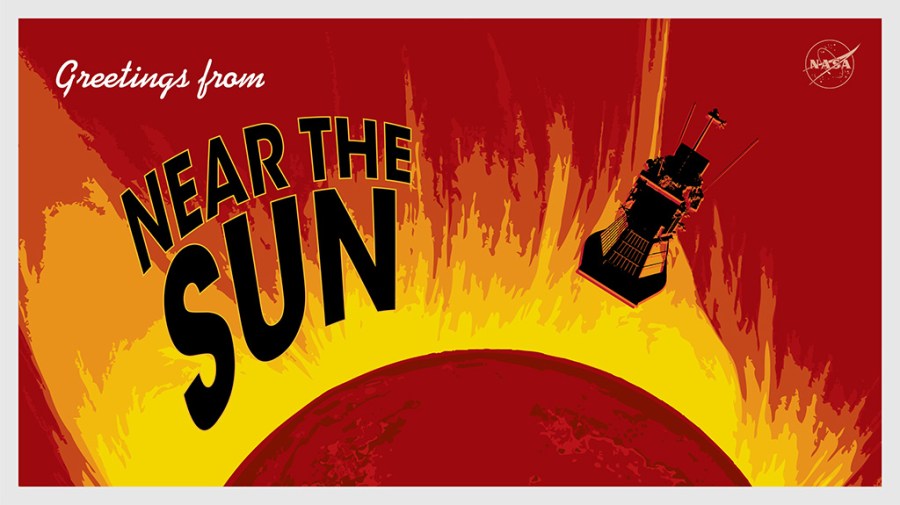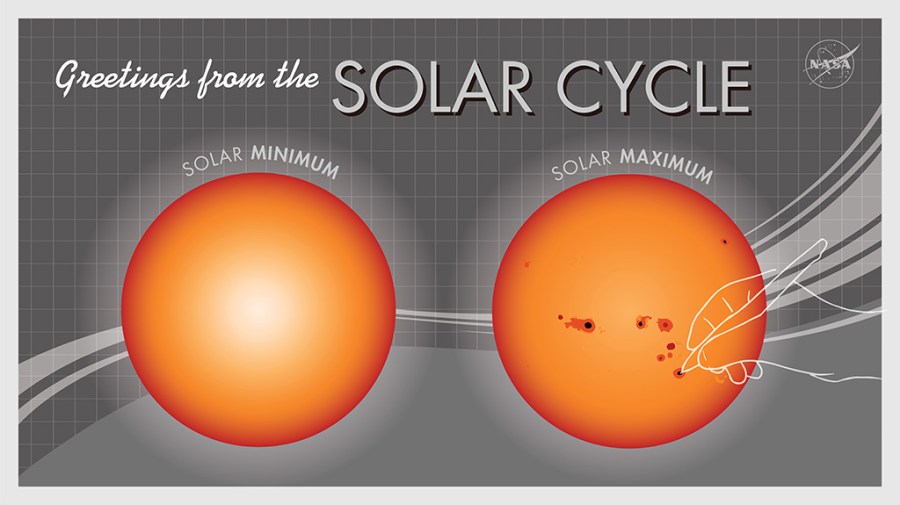NASA's Interstellar Boundary Explorer (IBEX) experienced a flight computer reset during a planned contact and the spacecraft went into contingency mode on Feb. 18. While fight computer resets have happened before, this time the team lost the ability to command the spacecraft during the subsequent reset recovery. The team also was unsuccessful in regaining command …
Mission Update: IBEX Spacecraft Now in Contingency Mode
